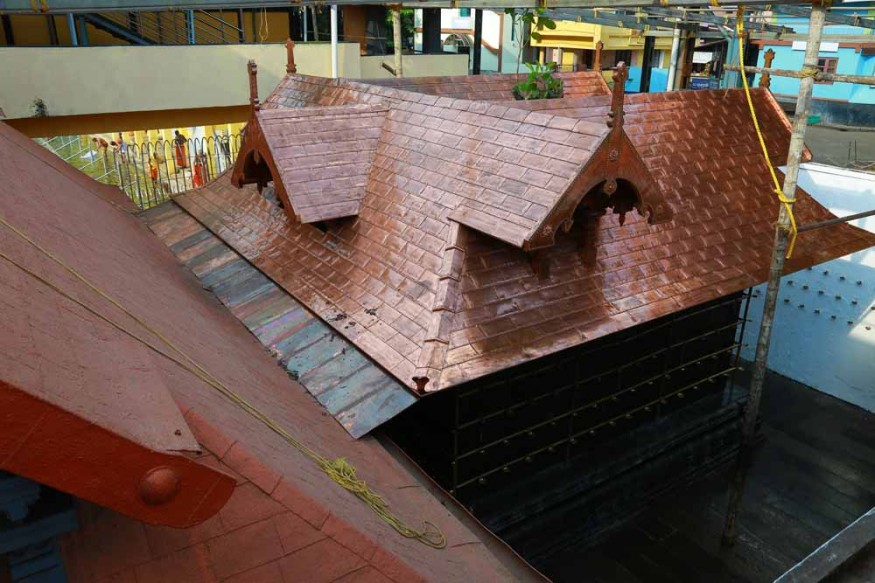Conservation Architecture Ensures the Timeless Legacy of India’s Living Buildings and Cultures

India is a country that bridges the modern and traditional eras with its diverse cultures and remarkable architectural legacy. Today, the preservation of the country's remaining structures and customs depends heavily on the field of conservation architecture. The importance of conservation architecture in India is examined in this article, which also examines how it preserves the spirit of the living traditions ingrained in historical buildings.
Heritage Diversity Across Regions
India is home to numerous architectural marvels, including palaces, temples, and colonial-era buildings that all eloquently capture the histories and cultures particular to their respective locales. The diversity is astounding, from the exquisite carvings of Khajuraho to the colonial charm of Kolkata's Howrah Bridge and the Mughal grandeur personified by the Taj Mahal. Preservation is important because it ensures that the stories etched into the treasures' walls will be remembered by future generations, in addition to helping to maintain the treasures' structural integrity. An essential part of this mission is conservation architecture.
Preserving Architectural Legacies
Living buildings, often synonymous with heritage structures, encapsulate the spirit of an era. Conservation architects in India face the challenge of preserving the physical structures and the intangible heritage embedded in them. This involves a delicate dance between restoration, adaptation, and innovation to ensure these architectural legacies remain relevant in the contemporary context.
A thorough understanding of traditional craftsmanship is required to tackle the challenges of restoring fragile murals, detailed carvings, and old frescoes. The restoration process will become a celebration of both tangible and intangible heritage if skilled artisans and conservation architects work together to revive ancient techniques.

Sustainable Approaches to Conservation
A paradigm shift toward sustainable conservation methods has gathered steam in India in the last few years. Conservation architecture aims to create a harmonious coexistence between heritage and the environment rather than preserve the past. Heritage buildings are being transformed into sustainable models through initiatives like using eco-friendly materials, rainwater harvesting, and integrating renewable energy sources.
For example, restoring Rajasthan's havelis - traditional mansions with intricate architecture - involves incorporating energy-efficient lighting, water conservation measures, and passive cooling techniques. This holistic approach not only preserves the historical significance of these structures but also aligns them with modern environmental consciousness.
Conservation and Community Engagement
Preserving living cultures goes beyond the bricks and mortar of historical structures. Conservation architecture in India recognizes the importance of community engagement in sustaining heritage. Initiatives such as heritage walks, interactive workshops, and community-driven conservation projects empower residents to take pride in their architectural heritage.
In cities like Varanasi, where ancient ghats along the Ganges River are architectural gems, community-led efforts play a crucial role in their upkeep. Conservation architects work hand in hand with local communities, fostering a sense of ownership and responsibility towards these living structures. This collaborative approach ensures that heritage preservation becomes a shared endeavor, intertwining the past and present.
Challenges and Innovations
While the field of conservation architecture in India has made significant strides, it is not without challenges. Urbanization, climate change, and neglect have affected many historical structures. Balancing the need for modern amenities with the imperative to preserve heritage poses a constant challenge.
These days, conservation architects are increasingly employing technology to address these issues. Virtual reality and 3D scanning capture and recreate the minute details of historical sites. This aids in restoration, fosters a more profound comprehension of India's architectural heritage, and is a helpful tool for teaching and research.
Case Studies in Conservation
In India, conservation architecture has had a profoundly transformative effect on a number of noteworthy projects. The UNESCO World Heritage Site in Mumbai, the Chhatrapati Shivaji Maharaj Terminus, has been restored and is a testament to the successful fusion of contemporary design and historical preservation. This project demonstrates how conservation can catalyze urban renewal by updating amenities while maintaining architectural integrity.
Kerala, a state in southern India, wants to bring back Muziris, a historic port formerly a hive of commerce. Temples, synagogues, and mosques have all been skillfully restored under the direction of conservation architects, providing visitors with an insight into the region's rich cultural past. This project emphasizes that conservation is important to preserve entire cultural landscapes and individual buildings.
The Future of Conservation Architecture in India
As India continues its journey towards urbanization and development, the role of conservation architecture becomes increasingly vital. The difficulty is in striking a delicate balance between advancement and preservation. The uptake of cutting-edge technologies, community involvement, and sustainable practices will undoubtedly shape the nation's conservation architecture.
In India, conservation architecture is expanding beyond restoring old buildings. It is about ensuring structures and cultures retain vitality in the country's constant change. Every heritage site, from the luxury of ancient temples to the minute details of buildings from the colonial era, tells a tale that needs to be preserved. As a bridge between the past and the future, conservation architecture preserves India's living history through creative methods, community involvement, and sustainable practices.














